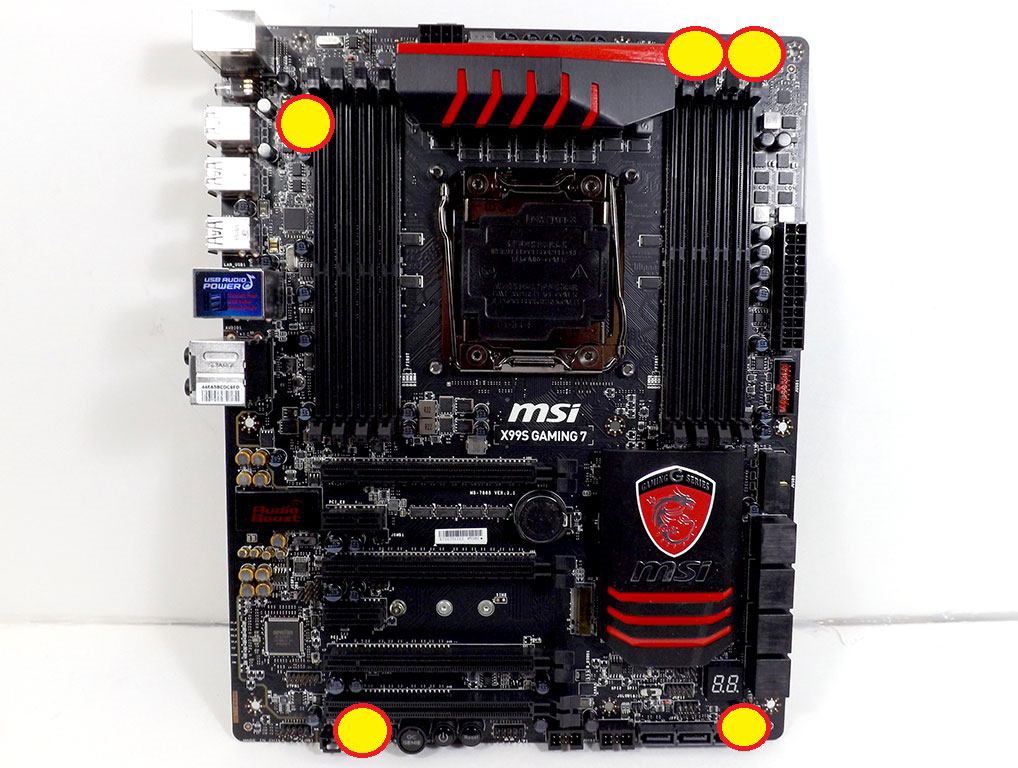
This is a simple service that reads values from your temperature sensors, looks up your preferences from a text file, then sends a signal to your fans. In the absence of that, or if the hardware fan curves aren't to your liking, you can have software control of your fans with the appropriately-named fancontrol. If your computer came with Windows, and the manufacturer has some application to harvest that sweet, sweet, user data that they want to encourage you to use, then they may have turned off hardware control by default, but if they aren't too user-hostile there will be a way to turn it on in your UEFI setup. Taking the fan speed to 100% will increase the noise so, you will have to test out whether a particular fan speed is appropriate for your working area or not.The best way to control the fans is to have the hardware do it. The fans will spin at a fixed speed regardless of your graphics card temperature.

You just have to slide the point on your fan speed bar and hit apply to make the changes saved. This is the very basic method of changing the fan speed. Your fan speed will be set on Auto by default and if you click on it you will be able to manually increase the fan speed. 0 here means that your GPU fan/fans are stopped and 100 means the max fan speed.Ī fan speed bar is also available in the main interface where you will find the options to tweak the fan settings. Scroll down in the graphs and you will find the GPU fan speed where you will get real-time info on fan speed. From here you can check the current core and memory clock speeds as well as you can know about the temperature and GPU usage. If you have already installed then Open the software you will see a lot of options to monitor your graphics cards.

Start by installing MSI Afterburner from the official MSI website. RTX 3070 True Performance Unleashed with Modding The Basics


 0 kommentar(er)
0 kommentar(er)
